
What is Amazon EESS Registration and ACMA?
rcm certification
RCM (RegULatory Compliance Mark) certification is a mark introduced in Australia and New Zealand to unify the identification of electrical products. This mark is a trademark owned by the regulatory authorities of Australia and New Zealand. It indicates that the product complies with both safety (electrical safety) and EMC (electromagnetic compatibility) requirements and is mandatory.
RCM certification controls electrical products which are mainly divided into two categories: non-regulated and regulated products. Not all products bearing the rcm mark need to be registeRED. Non-regulated products do not require registration. Currently, only Level 3 electrical products need to be registered. These include 56 major categories of products with relatively high risk, such as power adapters and vacuum cleaners.
Generally, the RCM mark must be displayed on the product label. The previously required agent number is no longer required under the new RCM regulations.
Since this requirement was introduced on March 1, 2013, there was a three-year transition period, with mandatory enforcement starting from March 1, 2016. Therefore, manufacturers must strictly follow the relevant testing standards.
Due to the new RCM requirements, unlike before, importers now bear a higher risk for product quality non-compliance and must pay registration and annual fees. As a result, few companies provide this service.
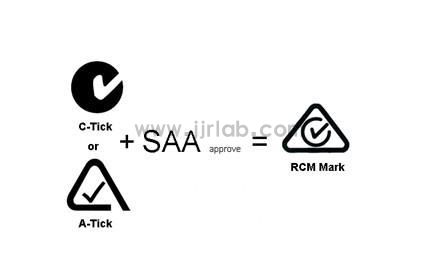
EESS (Electrical Equipment Safety System)
EESS covers electrical equipment with rated voltages from 50 VAC to 1000 VAC or 120 V DC to 1500 V DC. Products are classified into three risk categories based on their hazard level:
- Class 3 (High risk)
- Class 2 (Medium risk)
- Class 1 (Low risk)
Products in Class 2 and Class 3 are mandatorily required to be registered in the national database. For Class 3 products, conformity certification from an EESS-recognized body is compulsory before registration.
Amazon requires that product models be searchable in the EESS system.
ACMA and EMC Regulation
The Australian Communications and Media Authority (ACMA) regulates EMC-controlled products. Based on the EMC characteristics, products are classified into high, medium, and low risk. High-risk products are required to be registered in the EESS national database.
Summary
Products regulated under EESS and ACMA EMC regulations must meet certification and registration requirements and bear the RCM mark to be sold in the Australian and New Zealand markets (except for New South Wales).
What is ACMA?
ACMA stands for the Australian Communications and Media Authority. In the consumer electronics field, ACMA is responsible for regulating electromagnetic compatibility and wireless communication products.
ACMA Registration Certificateapplies to wireless and low-risk products.
ACMA Compliance Process for Brand Owners (Six Steps)
1. Identify the applicable labeling notice
2. Identify the applicable technical standards (as prescribed in the relevant labeling notice) and testing requirements
3. Demonstrate product compliance
4. Complete a Declaration of Conformity (DoC) and maintain compliance records
5. Register as a ‘responsible supplier’
6. Label the product
Step 5 registration is done through the EESS system. After registration, step 6 involves labeling the product with the RCM trademark.
Hence, industry professionals often refer to EMC and wireless complianCE certification as RCM certification to distinguish it from Australian Product Safety certification.
RCM Certification Application Process
1. Third-party testing laboratory evaluates the product and determines the testing standards to be executed.
2. If non-conformities are found, the laboratory will guide product modifications to meet Australian standards.
3. Upon passing tests, a test report is issued.
4. Submit the test report to the Australian certification body for document review.
5. Upon approval, the rcm certificate is issued.
6. The customer may register the product on the Australian website by themselves or have the laboratory complete the registration.
Important Notes on RCM Certification
1. The product must display the unified rcm logo; this requirement was announced by Australia on April 19, 2013.
2. For plug-in adapters undergoing RCM certification, random testing of the plugs is required.
3. For tube products (e.g., T8 LED tubes, fluorescent tubes), since users can directly replace them and safety risks are higher, samples must be sent to Australia for evaluation.
4. Certification times vary by issuing authority.
The testing standards for RCM certification are AS/NZS standards formulated by ACMA based on Section 162 of the Australian 1992 Radiocommunications Act and other laws.
Testing must be conducted by laboratories accredited by the National Association of Testing Authorities, Australia (NATA) or NATA MRA partners.
Email:hello@jjrlab.com
Write your message here and send it to us
 LED Lighting EMC Testing Service
LED Lighting EMC Testing Service
 EU REACH Compliance Testing Services
EU REACH Compliance Testing Services
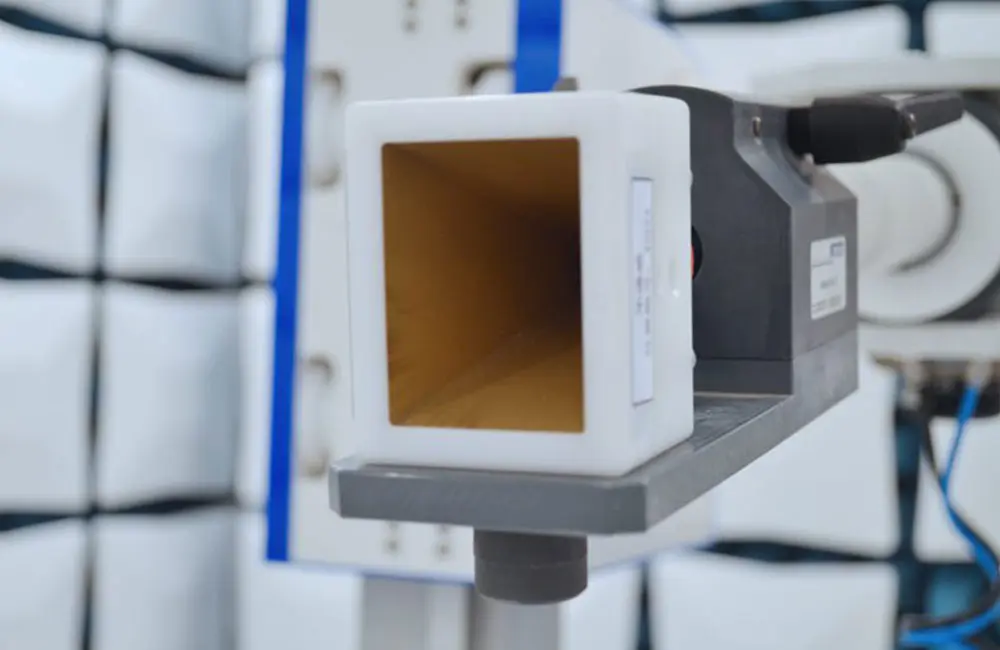 Electronic and Electrical Reliability Testing Serv
Electronic and Electrical Reliability Testing Serv
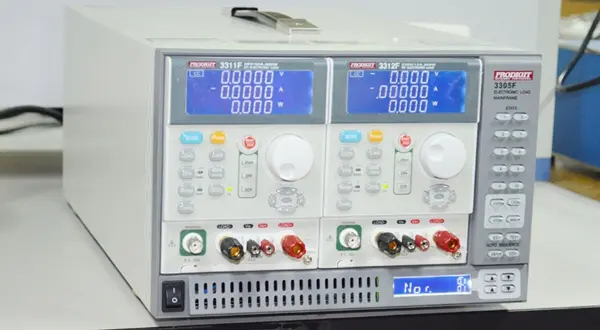 Electronic & Electrical Safety Compliance Test
Electronic & Electrical Safety Compliance Test
 Shenzhen Electronic Electromagnetic Compatibility
Shenzhen Electronic Electromagnetic Compatibility
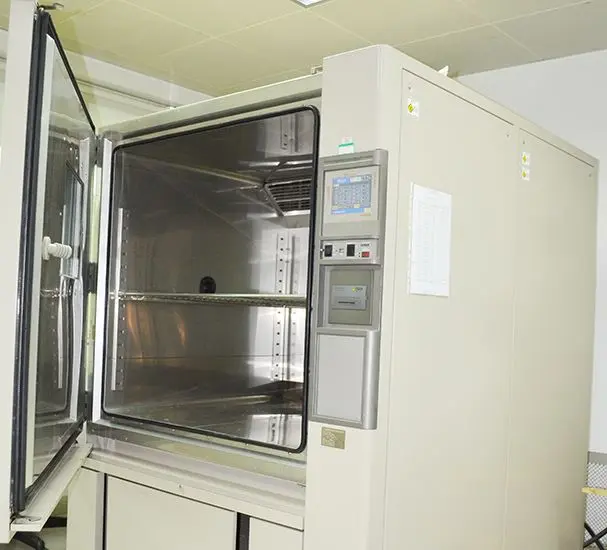 How to Test IP68 Rating
How to Test IP68 Rating
 Differences Between FDA and LFGB for Food Contact
Differences Between FDA and LFGB for Food Contact
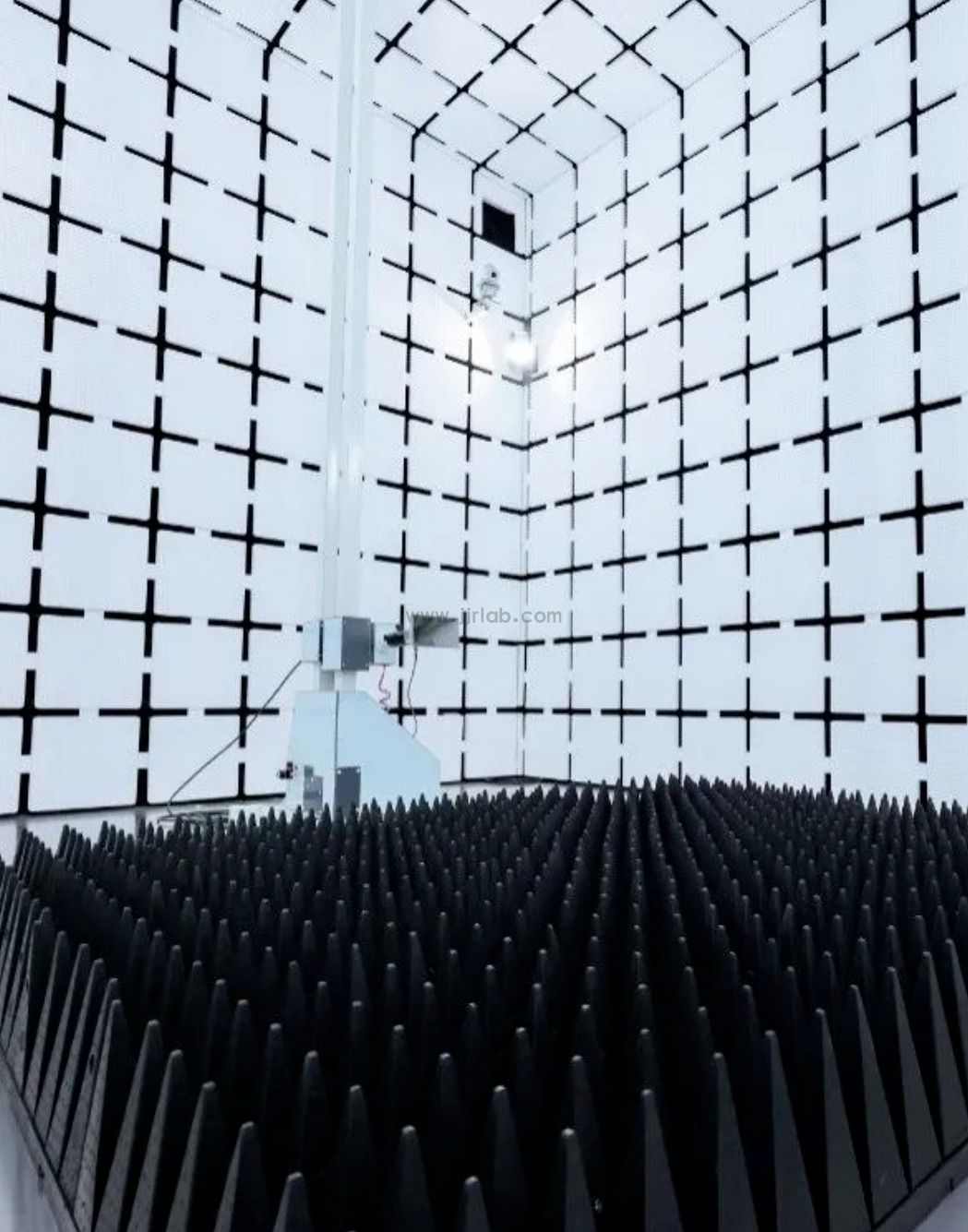 Process and Precautions for Amazon CPC Certificate
Process and Precautions for Amazon CPC Certificate
Leave us a message
24-hour online customer service at any time to respond, so that you worry!




